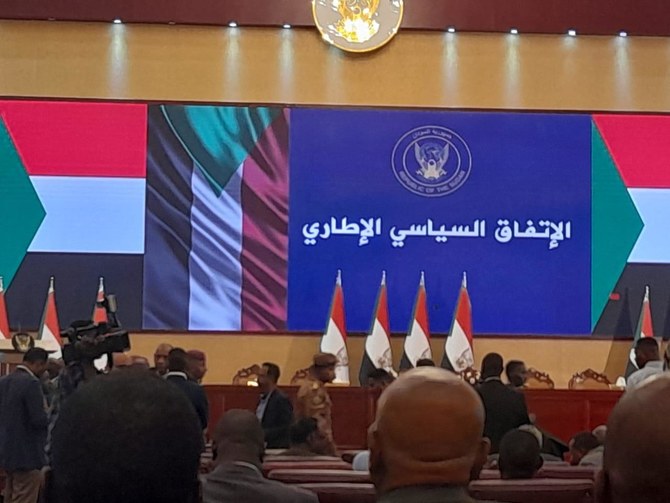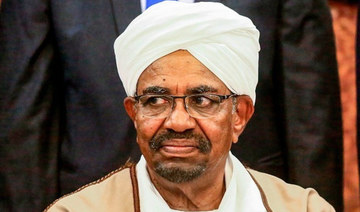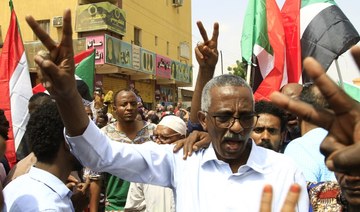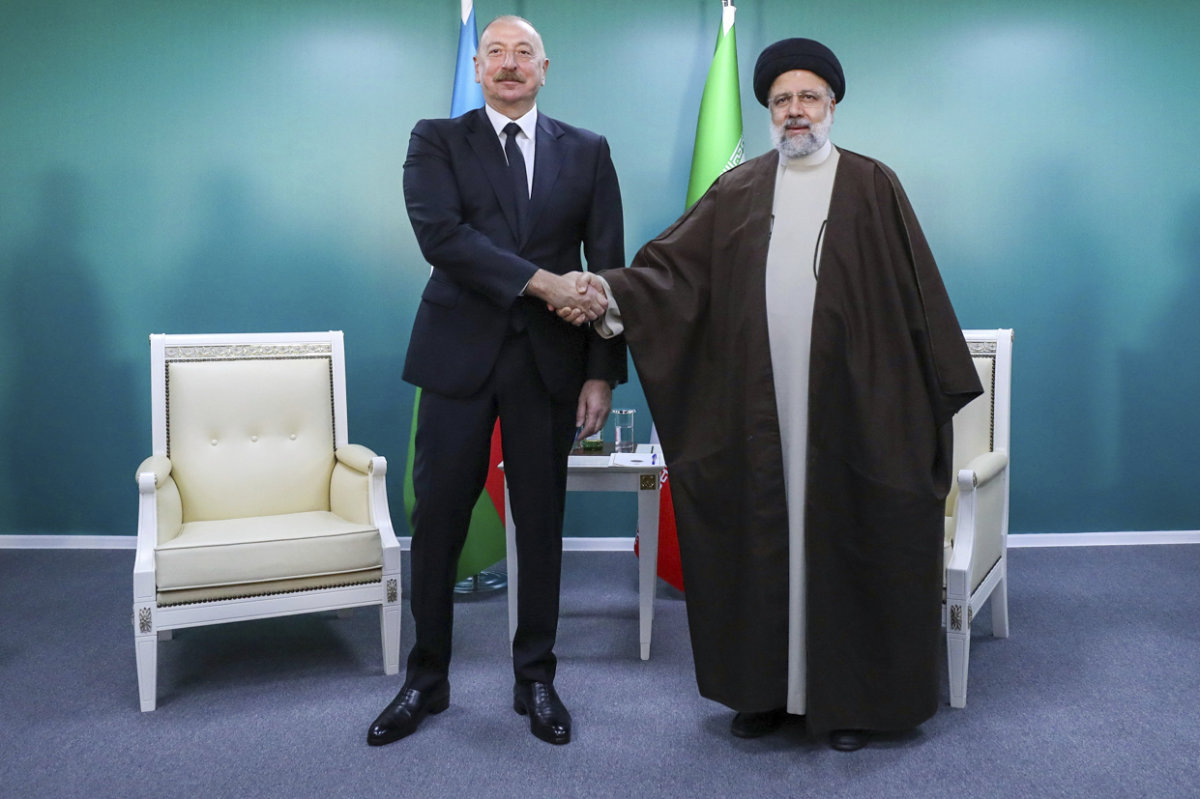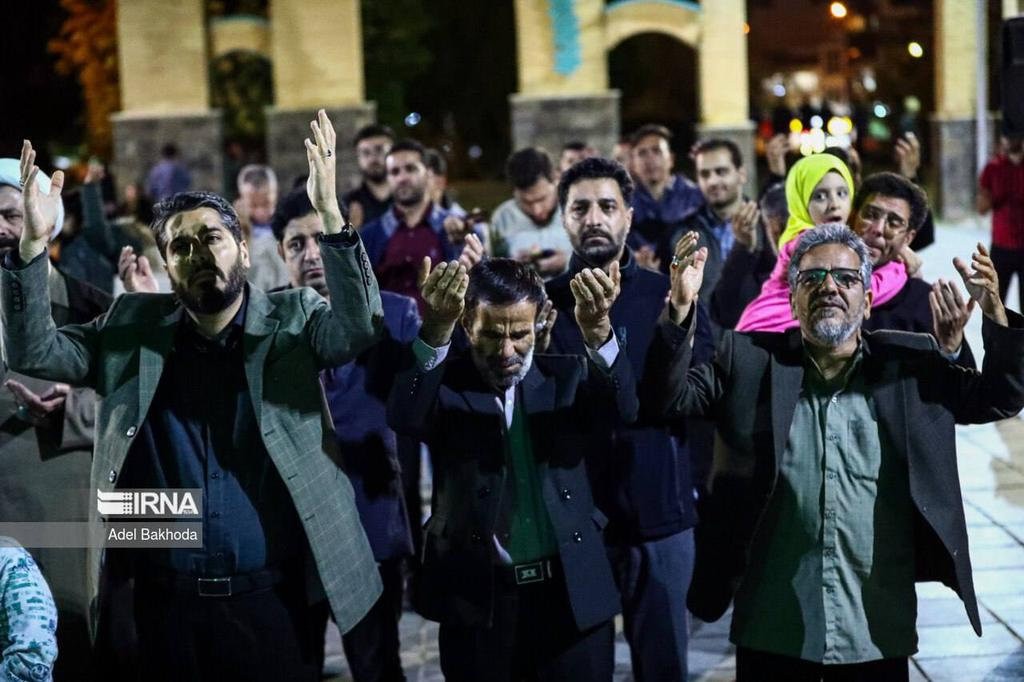CAIRO: Sudanese political parties signed a framework deal on Monday that provides for a two-year civilian-led transition towards elections and would end a standoff triggered by a coup in October 2021.
The deal — the first of at least two planned accords — was signed by Sudan’s ruling generals, Abdel-Fattah el-Burhan and Mohammed Hamdan Dagalo, and the leaders from Sudan’s largest pro-democracy group, Forces of Freedom and Change, at the Khartoum’s Republican Palace.
The framework agreement puts an emphasis on a unified professional national army and will be committed to criminalize military coups, the parties said at the ceremony.
The framework agreement will also adopt a “balanced” foreign policy that serves the interests of Sudan.
It also set the transitional period at two years from the moment a prime minister is appointed. The agreement will expand the powers of the prime minister during the transitional period.
Sudan has been gripped in a deep political crisis since a coup a year ago. Army chief Abdel Fattah al-Burhan seized power in October 2021, derailing a rocky transition to civilian rule that had started after the 2019 ouster of veteran autocrat Omar al-Bashir.
The past year has seen near-weekly protests and street clashes that have claimed 120 lives, a spiralling economic crisis and a rise in ethnic violence in several remote regions.
Divisions among civilian groups have deepened since the coup, with some urging a deal with the military while others insist on "no partnership, no negotiation".
The announced deal was negotiated in the presence of officials from the United Nations, African Union, the regional IGAD bloc and Western diplomats.
It is based on a proposal by the Sudanese Bar Association, said a statement by the main civilian bloc, the Forces for Freedom and Change, which was ousted in the coup.
In a first phase, "the framework agreement lays the groundwork for establishing a transitional civilian authority," said the FFC.
– with AFP and AP



